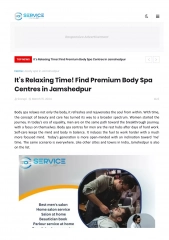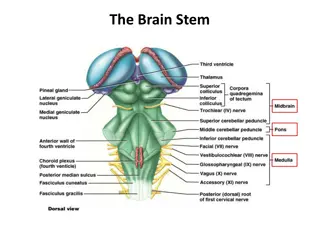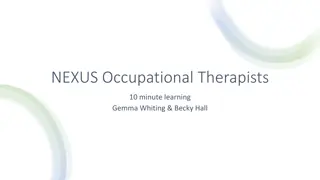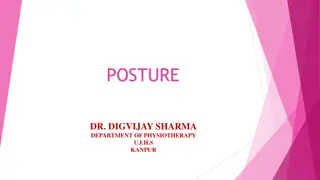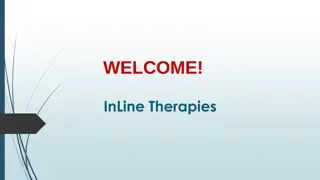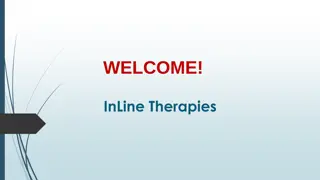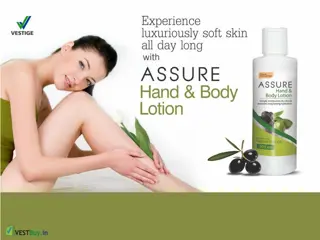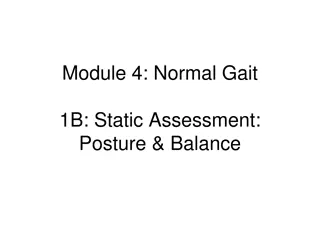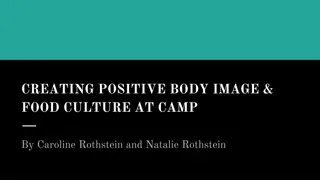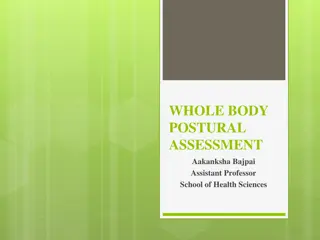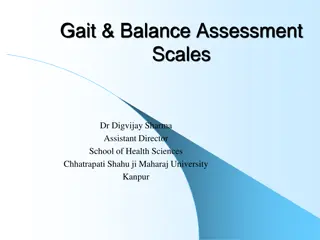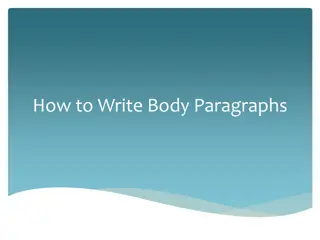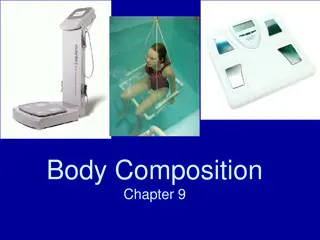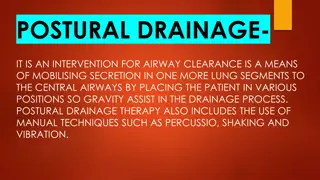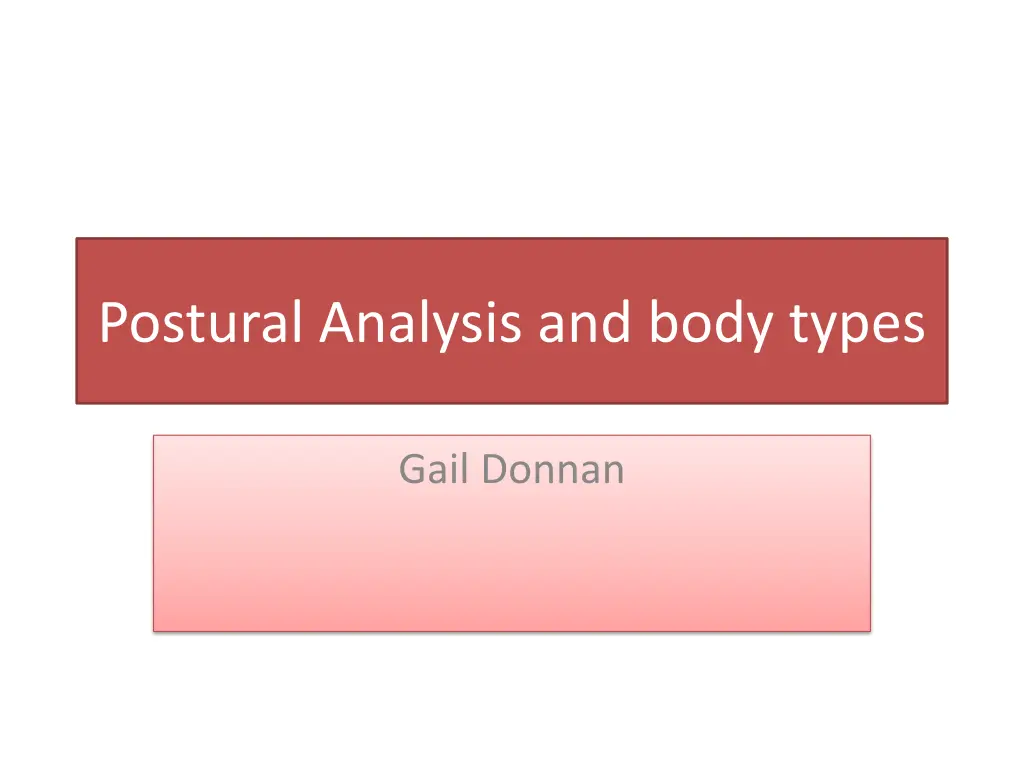
Understand Postural Analysis and Body Types
Explore the concept of postural analysis and body types by Gail Donnan. Learn about different body types such as Ectomorph, Mesomorph, and Endomorph, along with the importance of postural analysis in assessing clients' figures and postures for effective treatment recommendations. Visual assessment and common postural faults like lordosis, kyphosis, and scoliosis are also discussed. Discover how to conduct a posture check to evaluate your own posture.
Download Presentation

Please find below an Image/Link to download the presentation.
The content on the website is provided AS IS for your information and personal use only. It may not be sold, licensed, or shared on other websites without obtaining consent from the author. If you encounter any issues during the download, it is possible that the publisher has removed the file from their server.
You are allowed to download the files provided on this website for personal or commercial use, subject to the condition that they are used lawfully. All files are the property of their respective owners.
The content on the website is provided AS IS for your information and personal use only. It may not be sold, licensed, or shared on other websites without obtaining consent from the author.
E N D
Presentation Transcript
Postural Analysis and body types Gail Donnan
Body types Ectomorph: characterized by long and thin muscles/limbs and low fat storage; usually referred to as slim.
Body types Mesomorph: characterized by medium bones, solid torso, low fat levels, wide shoulders with a narrow waist; usually referred to as muscular. Mesomorphs are predisposed to build muscle but not store fat.
Body types Endomorph: characterized by increased fat storage, a wide waist and a large bone structure, usually referred to as fat. Endomorphs are predisposed to storing fat.
Postural Analysis It is important to analyse the figure and posture of clients before beginning any course of body treatment for weight reduction or body shaping, this is to ensure that the treatments recommended will be the most effective, that the treatment will not cause any harm or discomfort, to refer the client to a doctor if needed.
Visual Assessment This will show any problems the client may have with range of movement and even when fully dressed you can assess figure shape. Ask client to undress to their underwear. Check for postural faults and figure faults. Check with client and explain treatments which may help with excess weight cellulite or poor muscle tone.
Postural Faults Lordosis- is an inward curve of the spine in the lumbar region- hollow back, the pelvis can tilt forward. Kyphosis- this condition causes the thoracic part of the spine to curve outwards, the shoulders become rounded and the pectoral muscles tighten. Scoloiosis- lateral curve and rotation of the spine. Causes changes in the bones, ligaments, joints and muscles which may cause further problems such as one leg longer than other, one shoulder higher than the other, uneven scapula, pelvic tilt.
Posture check Do a posture check 1. Take off your shoes and find a flat expanse of wall. 2. With your back to the wall, press your heels and bum against it. 3. Slide one of your hands between the wall and your low back. The space should only be about the width of your hand, says Emmett. Anything much bigger and you know there's a problem with over curvature. Too much curve in the low back will pull your head forward and round your shoulders. This posture looks unattractive and can lead to a variety of physical strains and pains throughout the body.
Assessing physical characteristics Weight- excess weight puts pressure on the muscular and skeletal system. This can effect posture, breathing, mobility and cause a build up of toxins. Working out BMI (Body Mass Index) is a way of seeing if your weight is appropriate for your height. You calculate this by taking your weight in lbs and dividing it by your height in inches. Below 18.5 Underweight 18.5 -24.9 Normal 25 - 29.9 Overweight 30 & Above Obese During a consultation with a client, remember we are here to make them feel good so you should never directly refer to a clients weight if they have not mentioned this as a concern to you first!!
Assessing physical characteristics Height- height will have an effect on a persons posture and mobility. Tall people tend to slouch in order to blend in with the crowd this could cause a permanent curvature of the spine and a hunch back effect.
Muscle tone The condition of the muscles as well as the skin should be noted, this may show any contra indications to the treatment. To check for muscle tone and strength we would observe the mobility of the muscle, tension in the muscles shows how much stress clients are feeling or whether they are suffering from an injury or figure fault. A simple exercise to test for mobility is to ask the clients to extend their left arm up the back and bring the right hand over the shoulder to meet it If the client is able to clasp fingers than mobility is good, if they fail to mobility is poor.
Figure faults and causes Pear body shape Rounded shoulders Protruding abdomen A large bust Many of these are due to slack muscles caused by: Sedentary lifestyle Lack of exercise The ageing process Pregnancy Illness Stress Excess fat.
Assessing physical characteristics Age- The age of a client may affect the treatment if the client is elderly he/she may have mobility issues. Certain health problems arise with age. Activity Investigate how the following conditions effect the body and what you may need to do to adapt a treatment for a client suffering from it. Menopause Arthritis Decreased mobility
Your Posture- what to look for. Good posture is based on good muscle tone Weight must be evenly distributed on both legs and carried evenly on the arches of the feet. The head and shoulders should be level The scapula should be an even distance from the spine The spine should be straight and not curved in anyway. The abdomen should be flat and the buttocks should not be protruding The waist should be evenly curved with the hip level The arms should hang in a relaxed position and be even The legs and knees should be straight with the feet together or just slightly apart facing forward.
Benefits of good posture Breathing maybe easier Digestive organs function more effectively An even distribution of weight ensures the muscles work evenly Postural defects maybe avoided if the bones are held in the correct position The figure looks its best.
Maintaining good posture To maintain correct posture and allow the body to remain standing it relies on the antigravity muscles- these muscles remain in a constant state of partial contraction all the time except during sleep or if we lose consciousness. These muscles are- pectorals, biceps, trapezious, gluteals, quadriceps and the gastrocnemius.
Repetitive Strain Injury Repetitive strain injury (RSI) (also known as repetitive stress injury, repetitive motion injuries, is an injury of the musculoskeletal and nervous systems that may be caused by repetitive tasks, forceful exertions, vibrations, mechanical compression (pressing against hard surfaces), or sustained or awkward positions. Symptoms- Pain will usually manifest itself in the muscles or joints and can affect the shoulders, neck, upper back, arms wrists, hands and fingers amongst others. Tingling, numbness, tightness, burning, swelling and general soreness are often experienced along with a feeling of weakness in the affected area.
RSI Activity....... What can you do to prevent RSI??
Cellulite Is a condition which effects 80-90% of women It appears in the subcutaneous layer and varies in thickness It is made up of fat cells interlaced with collagen and other fibres Areas- most effected- thighs and inside of knees, hips, buttocks, abdomen, upper arm and back any area of poor circulation which prevents waste removal.
Causes and treatment of cellulite Causes Cellulite is caused by an excess build up of toxins, poor liver and kidney function can increase cellulite as it slows the bodies ability to deal with toxins. Eating the wrong kinds of foods and lots of processed foods will contribute Hormonal fluctuations Poor metabolism Treatment Detoxifying the body to eliminate stored waste Prevent fluid retention Exercise and treatments to boost the circulation Eat a well balanced diet Control stress Improve posture

